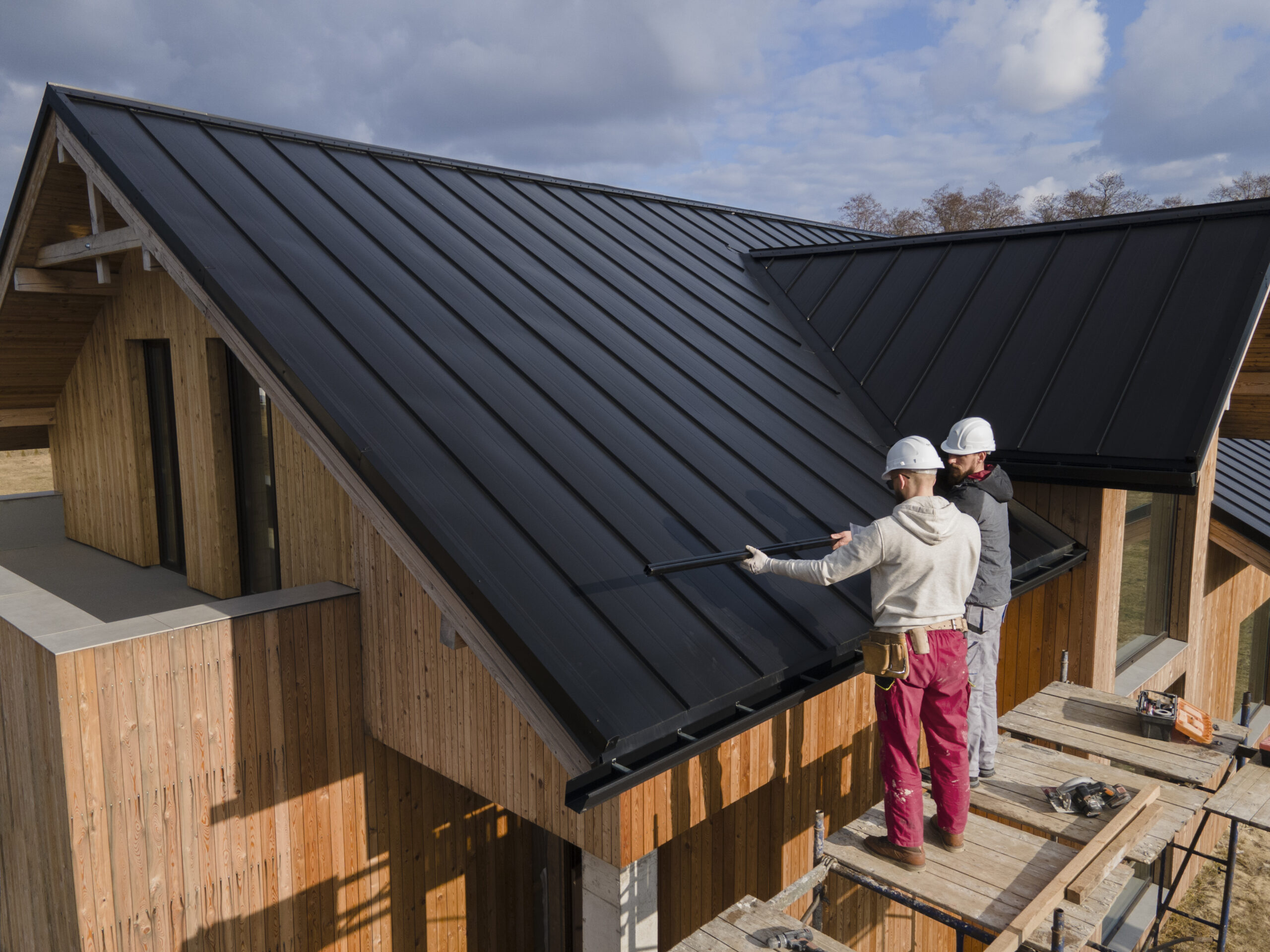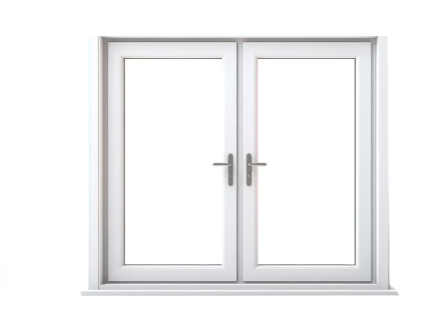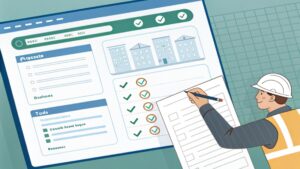How Often Should You Schedule Duct Cleaning in Austin?
Introduction
Ever wondered why your allergies never seem to go away, even indoors? The culprit might be lurking in your air ducts. In a city like Austin—where pollen, dust, and humidity play a major role—keeping your ducts clean isn’t just a luxury. It’s a necessity. Let’s break down how often you should get your duct cleaning and why it matters more in the heart of Texas.
Understanding Duct Cleaning
What is Air Duct Cleaning?
Air duct cleaning involves removing dust, debris, mold, and other contaminants from your HVAC system’s ducts. This includes supply and return air ducts, registers, diffusers, and grilles.
Components Involved in the Process
Cleaning typically covers:
- Air ducts
- Vents and grilles
- Heat exchangers
- Coils
- Drip pans
How It Improves Indoor Air Quality
Duct cleaning removes built-up dust, allergens, and other pollutants from your HVAC system, making the air in your home cleaner and healthier to breathe. It helps reduce allergy triggers and keeps your indoor environment more comfortable by supporting steady airflow and temperature control.
Why Austin Homes Need Regular Duct Cleaning
Austin’s Climate and Allergens
With cedar fever, ragweed, and mold spores flying high during the year, Austin is notorious for allergy triggers. These allergens easily find their way into your ducts.
Urban Development and Dust
Austin is growing fast, and with that comes more dust and pollutants from construction zones—especially near downtown or I-35 corridors.
Impact of Humidity and Mold Growth
Austin’s humidity invites mold to thrive. Damp air ducts can become breeding grounds for mold, making cleaning all the more crucial.
How Often Should You Clean Your Air Ducts?
EPA Guidelines and Expert Recommendations
The Environmental Protection Agency (EPA) doesn’t set a strict rule but suggests cleaning as needed. However, most HVAC professionals recommend cleaning every 3 to 5 years—or more often under specific conditions.
Factors That Influence Frequency
Presence of Pets
Fur and dander can clog your ducts quicker than you think. If you’ve got more than one pet, aim for cleaning every 2–3 years.
Smokers in the Home
Smoke particles settle into ducts, making yearly cleanings a smart choice.
Allergy or Asthma Sufferers
If someone in your household has respiratory issues, consider cleaning every 1–2 years for better air quality.
Recent Renovations or Construction
Drywall dust, sawdust, and debris from home improvement projects get sucked into your ducts fast—schedule a cleaning right after.
Signs Your Ducts Need Cleaning
- Dust Buildup: You wipe down surfaces and they’re dusty again within hours.
- Increased Allergy Symptoms: Sneezing and congestion indoors? Could be dirty ducts.
- Musty Odors: Bad smells from vents signal mold or dust accumulation.
- Rising Energy Bills: Clogged ducts force your HVAC to work harder, costing you more.
Benefits of Regular Duct Cleaning
Improved Air Quality
Fewer allergens = fewer sneezes. It’s that simple.
HVAC System Efficiency
When your air ducts are clean, air can flow smoothly throughout your home. This reduces the workload on your HVAC system, helping it operate more efficiently and use less energy.
Reduced Energy Costs
A clean system uses less energy. That’s good news for both the planet and your wallet.
Longer Equipment Lifespan
Less wear and tear means your HVAC system could last years longer.
Professional Duct Cleaning vs. DIY
What Professionals Offer
- Industrial-strength vacuums
- Rotating brushes
- Anti-microbial treatments
DIY Risks and Limitations
Most homeowners lack the tools and know-how to clean deep inside the ductwork. Plus, you might damage your HVAC system if you’re not careful.
How to Choose a Reliable Duct Cleaning Service in Austin
- Look for NADCA Certification (National Air Duct Cleaners Association)
- Check Google & Yelp Reviews
- Ask About Pricing, Method, and Guarantees
Cost of Duct Cleaning in Austin
| Service Type | Average Cost |
|---|---|
| Basic Residential Cleaning | $300 – $500 |
| Larger Homes/Additional Units | $500 – $1,000 |
| Mold or Odor Treatments | +$150 – $300 extra |
Prices depend on your home’s size, number of HVAC units, and system condition.
Duct Cleaning Schedule Table
| Situation | Recommended Cleaning Interval |
|---|---|
| No pets, no allergies | Every 3–5 years |
| With pets | Every 2–3 years |
| Smokers in the home | Every 1–2 years |
| Allergy/asthma sufferers | Every 1–2 years |
| Post-renovation | Immediately after |
| Mold or strong odors present | Immediately |
Expert Quote
“Austin’s air quality and humidity make regular duct cleaning a smart investment for homeowners. You’re not just improving air—you’re protecting your health and HVAC system.”
Common Myths About Duct Cleaning
“You Only Need It Once in a Lifetime”
False. Dust, pollen, pet dander, and other allergens build up regularly.
“It Doesn’t Affect Air Quality”
Wrong again. Poor air circulation and clogged filters affect what you breathe every day.
Maintenance Tips Between Cleanings
- Use High-Quality Air Filters: Replace every 60–90 days.
- Keep Vents Clean: Dust regularly.
- Schedule HVAC Maintenance: Twice a year for optimal performance.
FAQs
Q1: How long does duct cleaning take?
Most cleanings take 2 to 4 hours, depending on the home’s size and duct complexity.
Q2: Is duct cleaning noisy?
It can be moderately noisy due to vacuums and rotating brushes, but it’s manageable.
Q3: Can dirty ducts affect health?
Absolutely. They can aggravate asthma, allergies, and even contribute to respiratory infections.
Q4: Will duct cleaning reduce my energy bills?
Yes! Cleaner ducts improve airflow, which helps your HVAC system work more efficiently.
Q5: How do I know if my ducts are clean?
Ask your technician to show before-and-after photos or inspect with a flashlight inside the vent.
Conclusion
If you live in Austin, your home’s air ducts are under constant attack from allergens, humidity, and dust. Cleaning them every 3 to 5 years is a good rule of thumb—but homes with pets, allergy sufferers, or smokers may need more frequent service. It’s an easy step to breathe easier, save on energy, and protect your HVAC system for the long haul.
Read More: Austin Chimney Sweep













